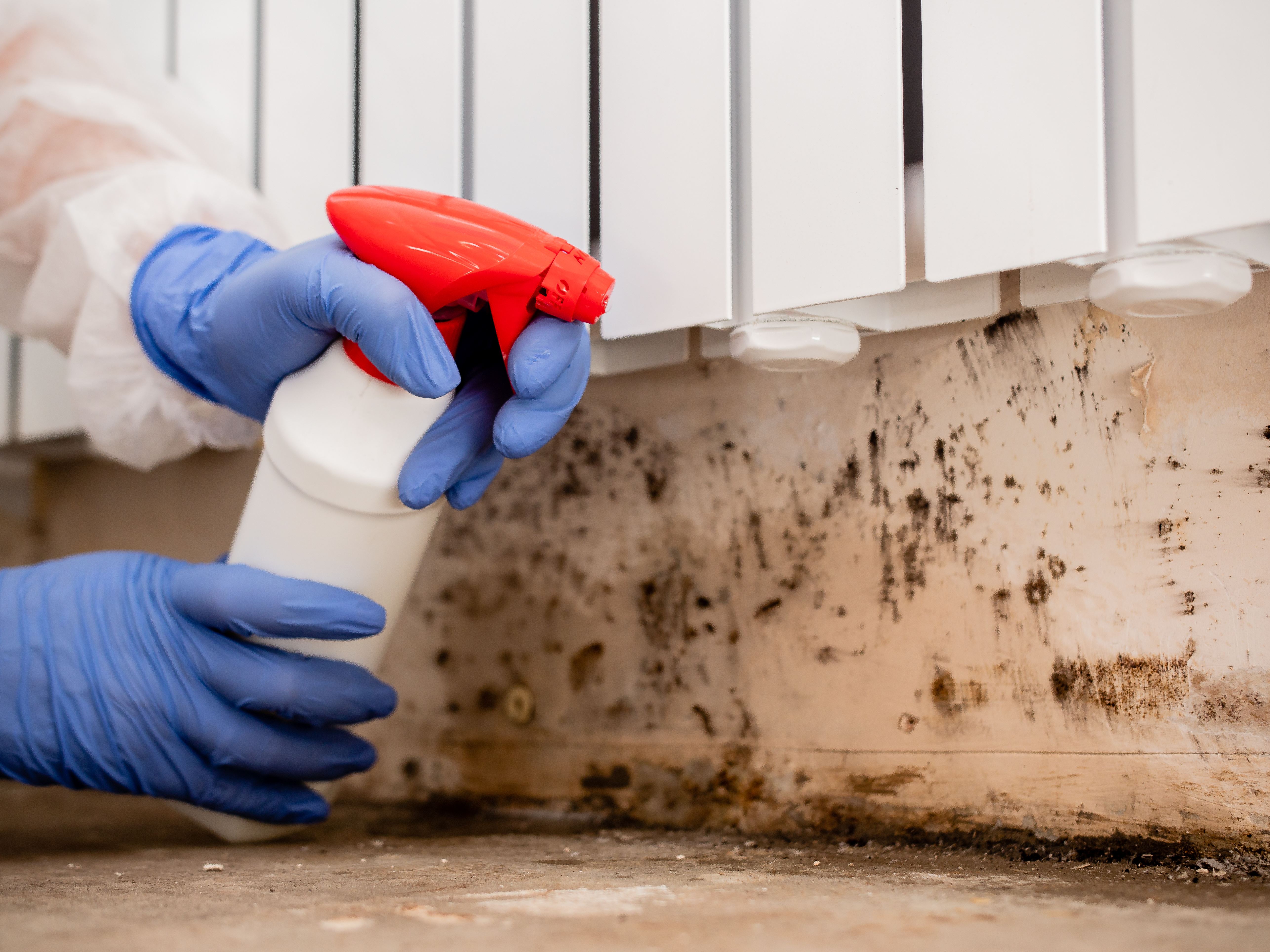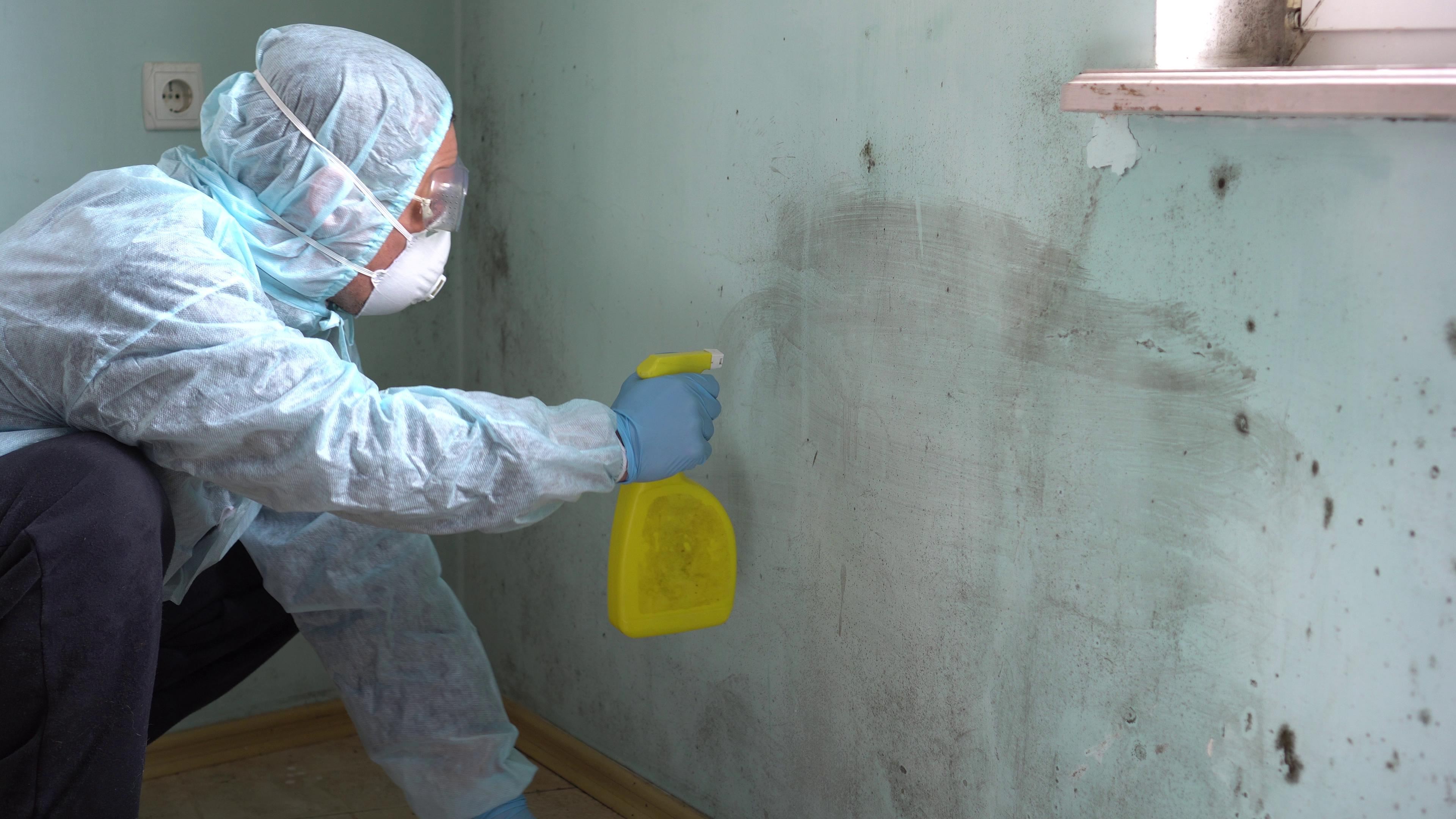If you’re like most people, mold remediation and mold removal sound like different terms for the same kind of service. You might be surprised to learn this isn’t the case, and these terms often mean very different things to the professionals who provide these services.
Understanding what the difference is between mold remediation and removal is important because one service is far more thorough than the other. Knowing which of these services to choose can mean the difference between simply getting rid of mold and restoring your home to a condition that prevents future mold growth.
Mold Spores & Moisture
Mold spores are microscopic and they’re pretty much everywhere. They’re also impossible to completely eradicate, but that’s not much of a problem as long as they remain dormant. If mold is allowed to “wake up” and grow throughout a space, it will release new, fresh spores in greater quantities. When these are breathed in or ingested, they can cause serious adverse health effects.
So, what causes dormant mold sports to “wake up,” anyway? That would be moisture, be it trapped water from a recent flood, a leaky pipe, water absorbed into a porous surface, or even a humid environment. Where there is moisture for mold spores to use, they will grow and propagate.

What Is Mold Removal?
Compared to mold remediation, mold removal is a simple service that’s not as thorough. When a technician removes mold from your home, they’re often just getting rid of mold growth that can be seen without really taking into account the source of the mold growth or ways to prevent it from coming back.
If your only concern is getting rid of the immediate mold growth in your home, then a mold removal service can meet your needs – just keep in mind that you’re probably not benefiting from any services that will keep it from growing back!
What Is Mold Remediation?
Mold remediation is a holistic process that’s concerned with removing mold and the conditions that promote its growth. In other words, mold removal is part of the mold remediation process, the goal of which is to control mold growth.
When you hire a company like Flood Rescue for a mold remediation service, we’ll begin with a thorough inspection of your property to assess where mold is growing and what the underlying causes of its growth may be.
As soon as we’ve identified where mold is in your home, we’ll work to isolate it in its current location to reduce the spread of new spores. Part of this process may involve removing furniture, boxes, and other items from the location before remediation can begin – if you need help packing up, Flood Rescue offers this service as well!
When your home is ready for remediation, our technicians will apply expert cleaning techniques that address both non-porous and semi-porous materials in your home. These techniques prevent spores from being released into the air during the cleaning process and once it’s complete. Keep in mind that mold growth on porous surfaces often means that completely removing the material is necessary.
Once mold and mold-infected porous material is removed, all remaining furniture, curtains, walls, floors, and other elements in your home are thoroughly sanitized. This not only removes as many remaining mold spores as possible and but also eliminates odors!

Bottom Line: What's the Difference Between Mold Removal and Mold Remediation?
Detecting and removing the source of mold is not part of mold removal. Mold removal is the process of eliminating existing mold. Mold remediation on the other hand, entails all actions taken to combat mold infestations and return mold levels to a point where they aren't harmful to the health of building occupants and its structure. It helps to identify the problem and eliminate future occurrences of mold.
Need Help with Mold Remediation in Your Home? Call Now!
If you’re experiencing a problem with mold in your home, a simple removal may not be enough to protect you and your loved ones’ health. Only a mold remediation service can provide the assurance you need to know that your home is safeguarded against both immediate and future threats posed by mold.


